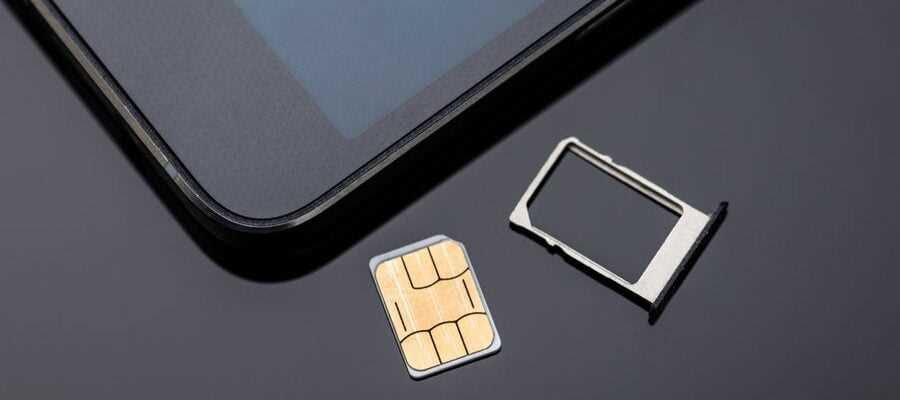This new technology makes it possible to integrate the SIM directly on the processor, saving space in the smart phone
or in any connected object.
Qualcomm has just planted a new nail in the coffin of the venerable SIM card with the iSIM.
Qualcomm, Samsung and Thales have unveiled a first smartphone equipped with an iSIM
Designed in partnership with the operator Vodaphone and the French company specializing in security Thales, the iSIM is the successor to the eSIM which already made it possible to get rid of the traditional physical chip in your smartphone or tablet.
Qualcomm’s iSIM aims to integrate cellular connectivity directly on the SoC. This technology is not new since it was already mentioned in 2018 by manufacturers.
Qualcomm announces today that it has successfully integrated its technology into an existing smartphone, namely the Samsung Galaxy Z Flip3 5G equipped with a Snapdragon 888 processor and the Thales iSIM operating system. The operation was carried out in Samsung’s research laboratories.
A promising technology to connect any object to the mobile network
The iSIM offers several advantages. Firstly, the disappearance of the SIM port or of a dedicated chip makes it possible to save space in a smartphone or tablet and to add other components.
This advantage is just as interesting for smaller connected objects which will thus be able to benefit from a cellular connection, as well as laptops or virtual reality or augmented reality headsets, and to connect any device to the mobile network. .
Qualcomm also touts the better integration of iSIM into the system, and better performance of the device thanks to this technology as well as reduced energy consumption as well as on the advantages in terms of security.
This demonstration allows Qualcomm to consider a rapid commercialization of the iSIM in future products. It will still be necessary to convince the operators who were particularly reluctant to the arrival of the eSIM.
The latter use the provision of a SIM card as a means of creating a relationship and a brand image with their subscribers. This also allows them to keep part of the customer experience and not find themselves reduced to the state of simple service offered by the manufacturer when starting a connected device.
On the same subject :
Will the iPhones soon be sold without a SIM card, with a switch to eSIM?
Source: Neowin

24